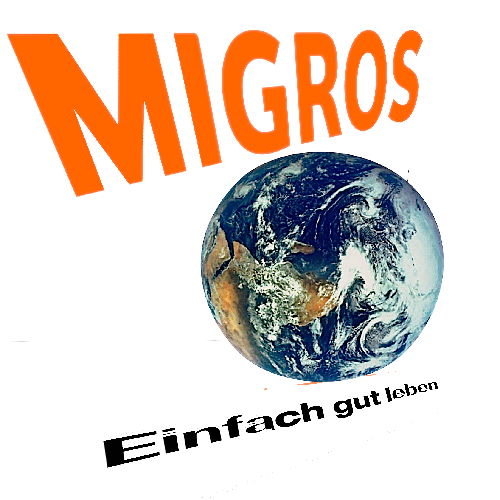The process of sealing food into a glass jar or a can and boiling the sealed units has been used for over two centuries. In 1812 French revolutionary Nicolas Appert published a user’s manual to the process, called The Art Of Preserving for Several Years Animal and Vegetable Substances. The process is often referred to eponymously as Appertisation and the food is literally cooked in the can (or bottle).
Appert was making and selling bottled vegetables and other foodstuffs in Paris, during the dark days of the terror and Robespierre. Ever since the French revolution, canned food has sustained earnest adventurers atop the highest mountain peaks, in the depths of the oceans, not forgetting orbiting space stations.
Although first published in French, within months English translations were being studied in England and the technique was applied to preserve food for long sea voyages. A French naval captain complained that this was a French military secret which had been smuggled across the Channel and was now being used against its inventors.
The reality was in fact more mundane. English engineer Bryan Donkin ran a workshop in Bermondsey, London and was looking for an additional manufacturing activity to stay in business. Donkin licensed Appert’s process from a travelling commercial agent who went by the name Peter Durand in England and Pierre Durand in France. Donkin set to work filling tinplate canisters with food, only to find that he had missed something out.
Donkin summoned Durand, who called Appert away from the wreckage of his house and workshop to visit Donkin in Bermondsey during 1814. The problem was simple enough: the food was not being sealed in its cans until it had cooled down, by which time there was a risk of spoilage.
By the time Appert left England, Durand had a fully working filling line and Appert had seen at first hand just how effective tinplate canisters were for storing food. The quality of tinplate available in France was nowhere near as good as the tinplate Donkin was buying. Nevertheless, by paying over the odds for tinplate, Appert started to use metal packaging for his products.
Originally from the Champagne region of France, Appert was used to packing food in heavy glass jars. These were not well-received by the French navy, on the grounds of breakage, and needed more attention when sealing the jars and keeping out the air. Appert spent the rest of his life experimenting with canned and bottled food until he reached the age of 91, dying in poverty and obscurity during 1841.
Read a short story about Nicolas Appert

